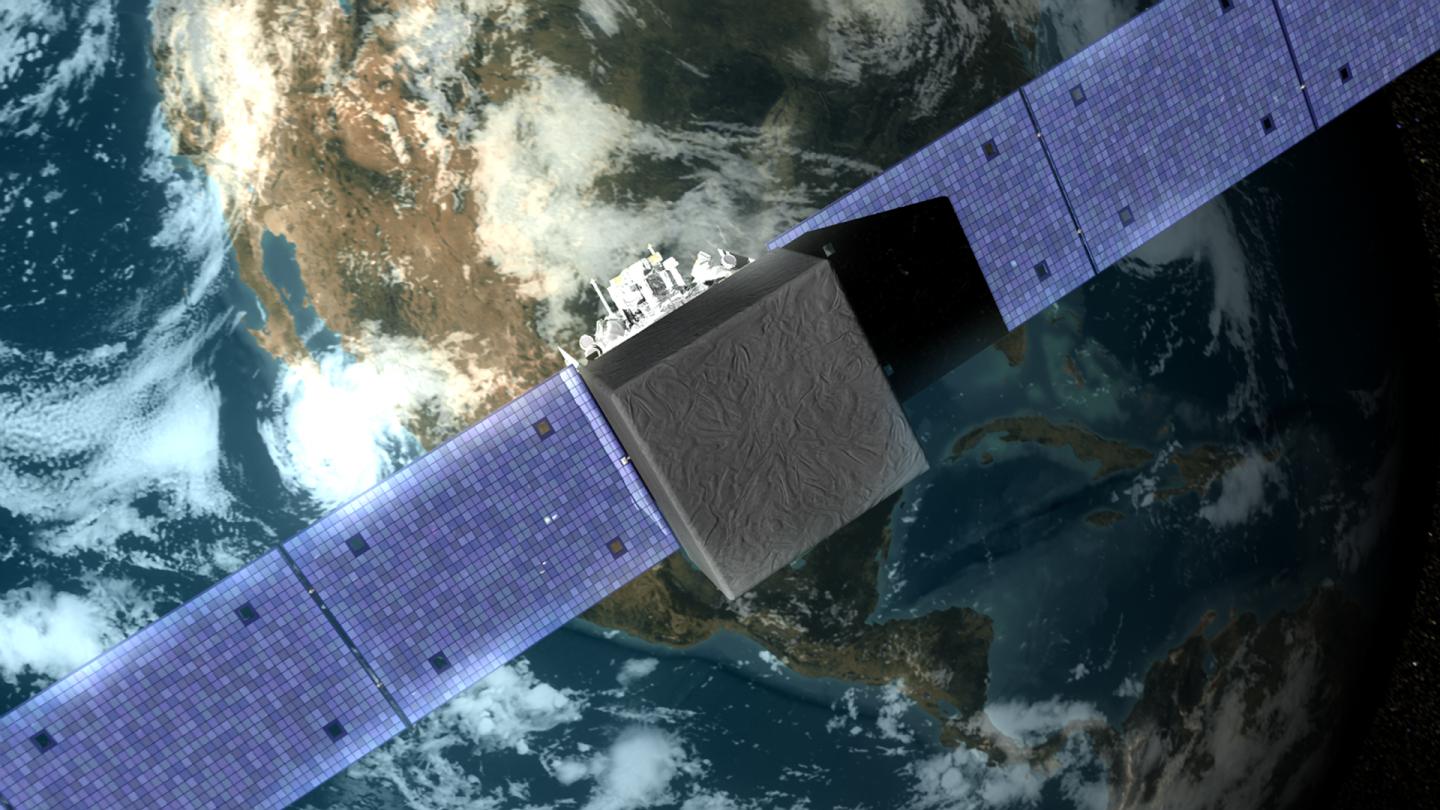Gamma rays could be the new source for observing gravitational waves, according to a recent release from the Max Planck Institute for Radio Astronomy. This would make a possible third way to observe gravitational waves including laser interferometry and radio waves.
In 1916 Einstein predicted the existence of gravitational waves, ripples in space-time moving out in all directions away from massive accelerating objects. According to his theory, these waves would travel at the speed of light and would carry with them information about where they came from and would allow us to learn more about gravity.

It took almost 100 years for direct detection of a gravitational wave, proving that part of Einstein’s general theory of relativity. This was done by the Laser Interferometer Gravitational-Wave Observatory (LIGO) in 2015 when it observed waves coming from two colliding black holes that were 1.3 billion light-years away.
LIGO uses lasers built into two L-shaped arms that are 4km (2.5 miles) long and there are two LIGO detectors. When a gravitational wave passes through the lasers it creates an interference pattern that can be identified and then verified with the other detector. In order to determine the source of the signal a third detector is needed. There is one in Italy called Virgo and another in Japan called KAGRA that work on the same principle.
Astronomers have recently been trying to use radio waves from pulsars to detect these gravitational waves as well, though as yet they have been unsuccessful. This method looks for fluctuations in the radio signals that come from millisecond pulsars that spin hundreds of times each second with regularity, ostensibly being caused by gravitational waves coming from merging supermassive black holes.
Now gamma rays are being looked at to see if gravitational waves can be observed. An international group of scientists have been sifting through the data collected by the FERMI gamma ray space telescope over a ten year period. This data is also derived from pulsars, but has the benefit of not being affected by electrons in interstellar space like radio waves are. These electrons bend the radio waves and disrupt their travel time, affecting the accuracy of the observations.
As quoted in the source article, one of the scientists, Aditya Parthasarathy, states that “With another five years of pulsar data collection and analysis, it’ll be equally capable with the added bonus of not having to worry about all those stray electrons.” This use of gamma rays gives scientists a new way to detect gravitational waves that was previously not thought of, well after FERMI was launched in 2008, and may be used to confirm future findings from other observatories.
More:
- Max Planck Institute For Radio Astronomy (source): The Hunt For Gravitational Wave Background
- NASA FERMI: About the FERMI Gamma-ray Space Telescope
- Nature: Astronomers Close In On A New Way To Detect Gravitational Waves
Header credit: An illustration of NASA’s Fermi Gamma-ray Space Telescope orbiting Earth. NASA’s Goddard Space Flight Center Conceptual Image Lab

